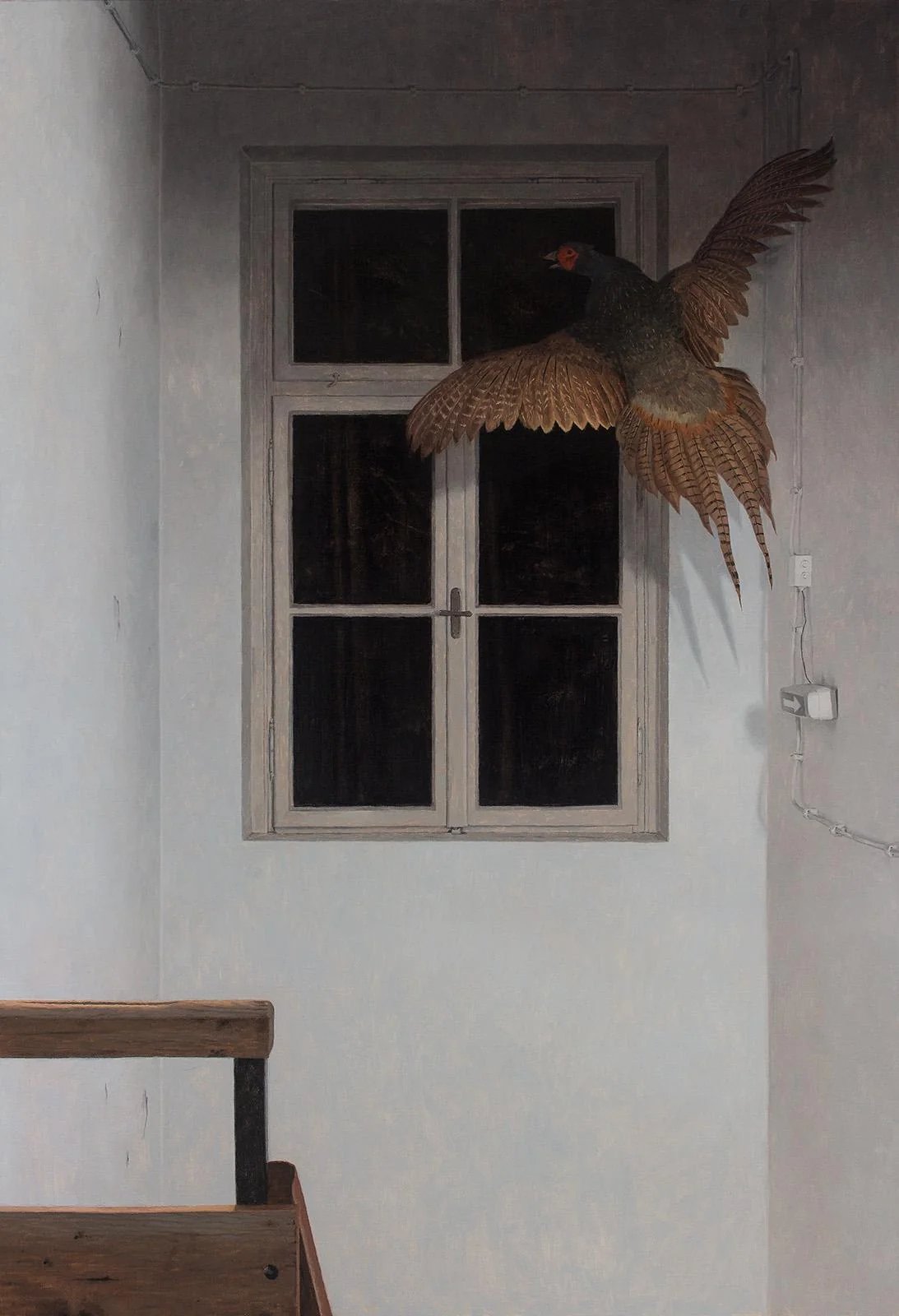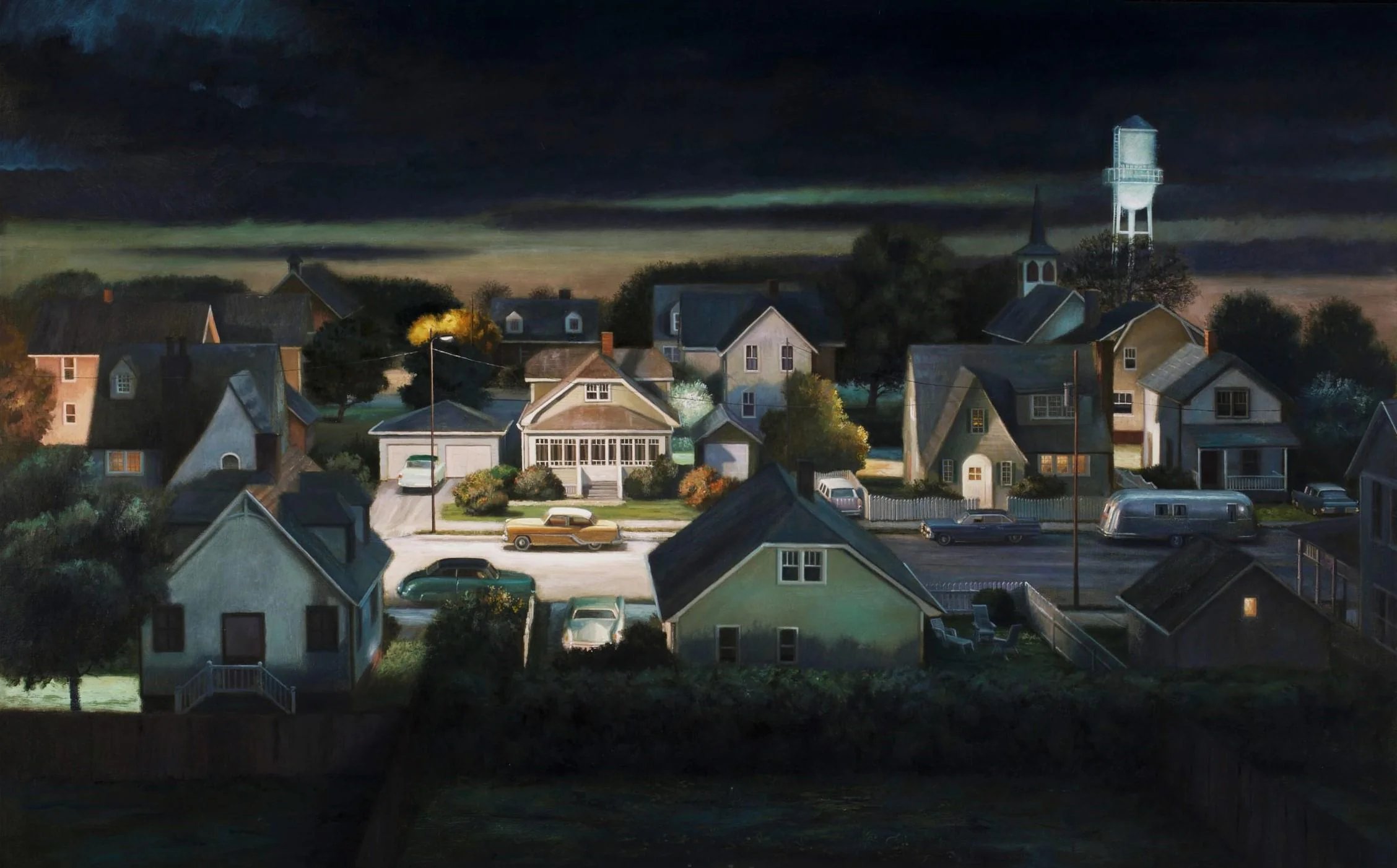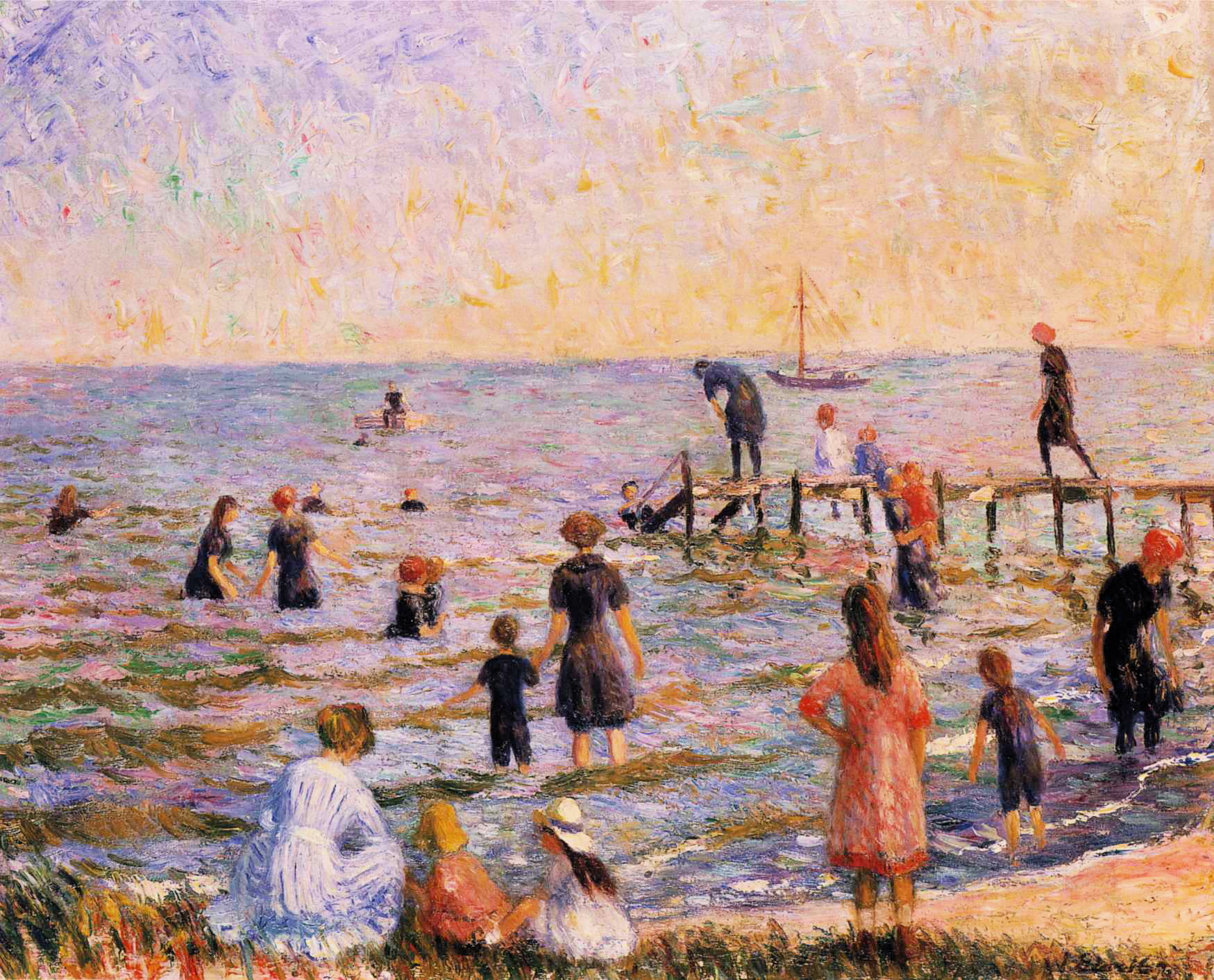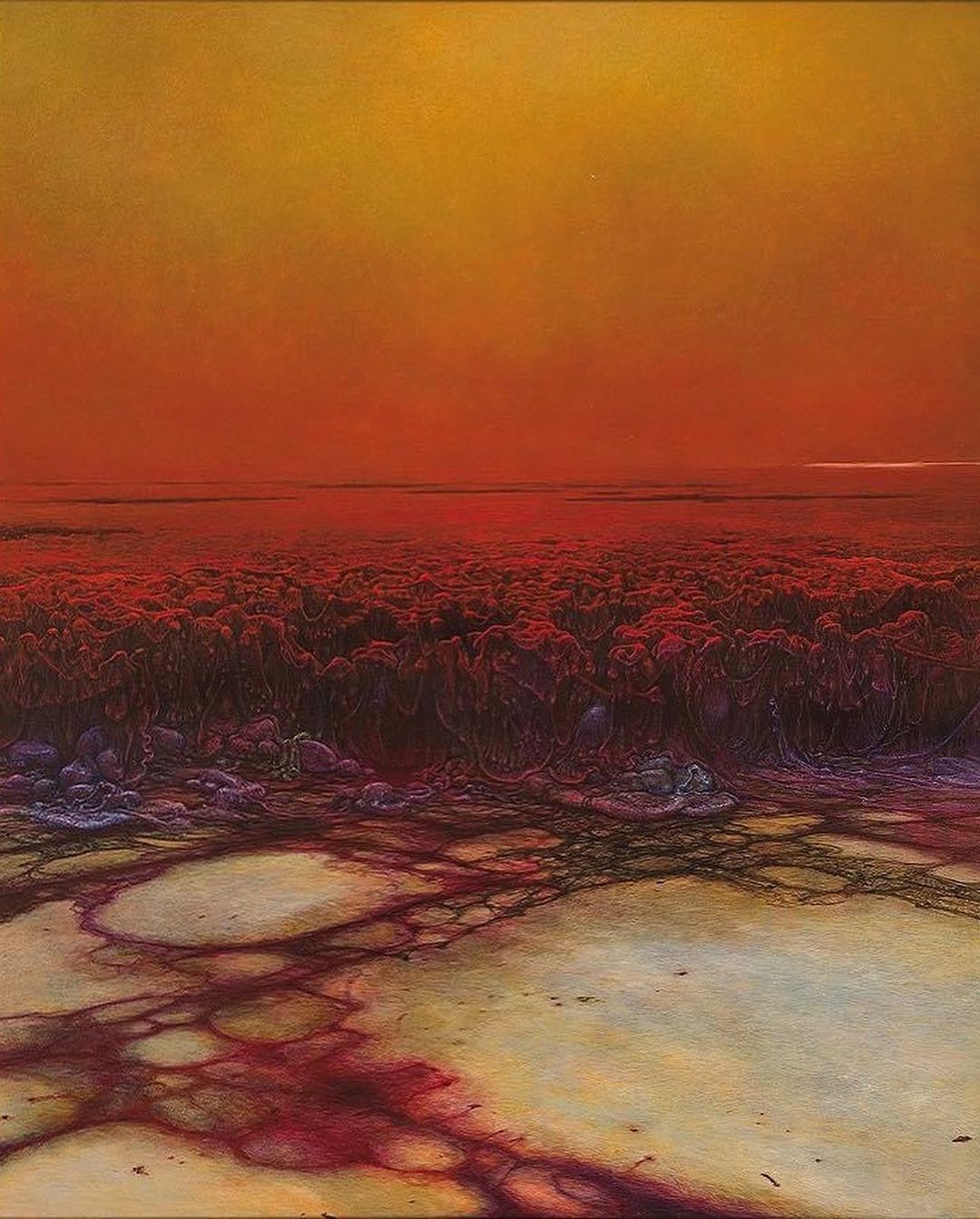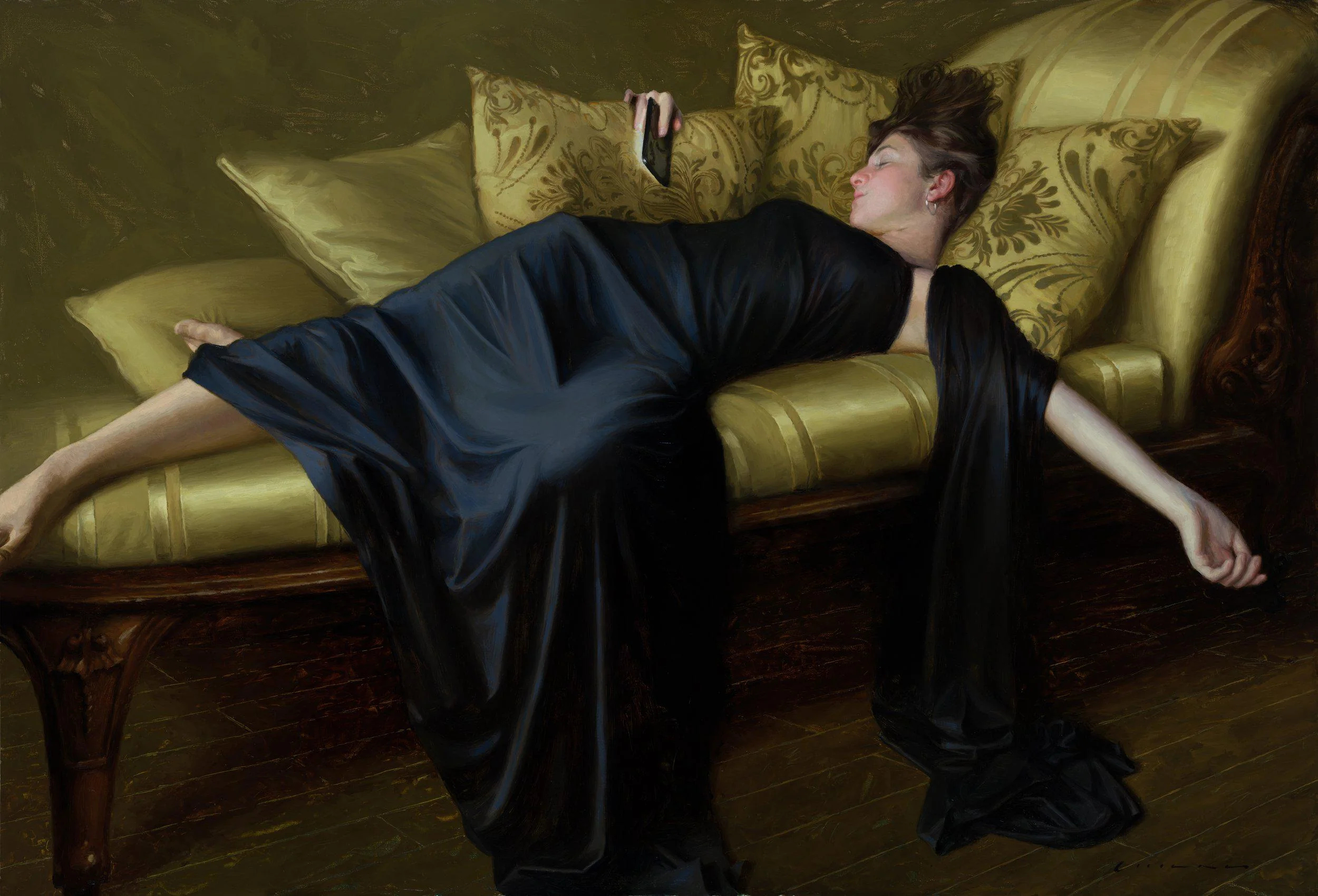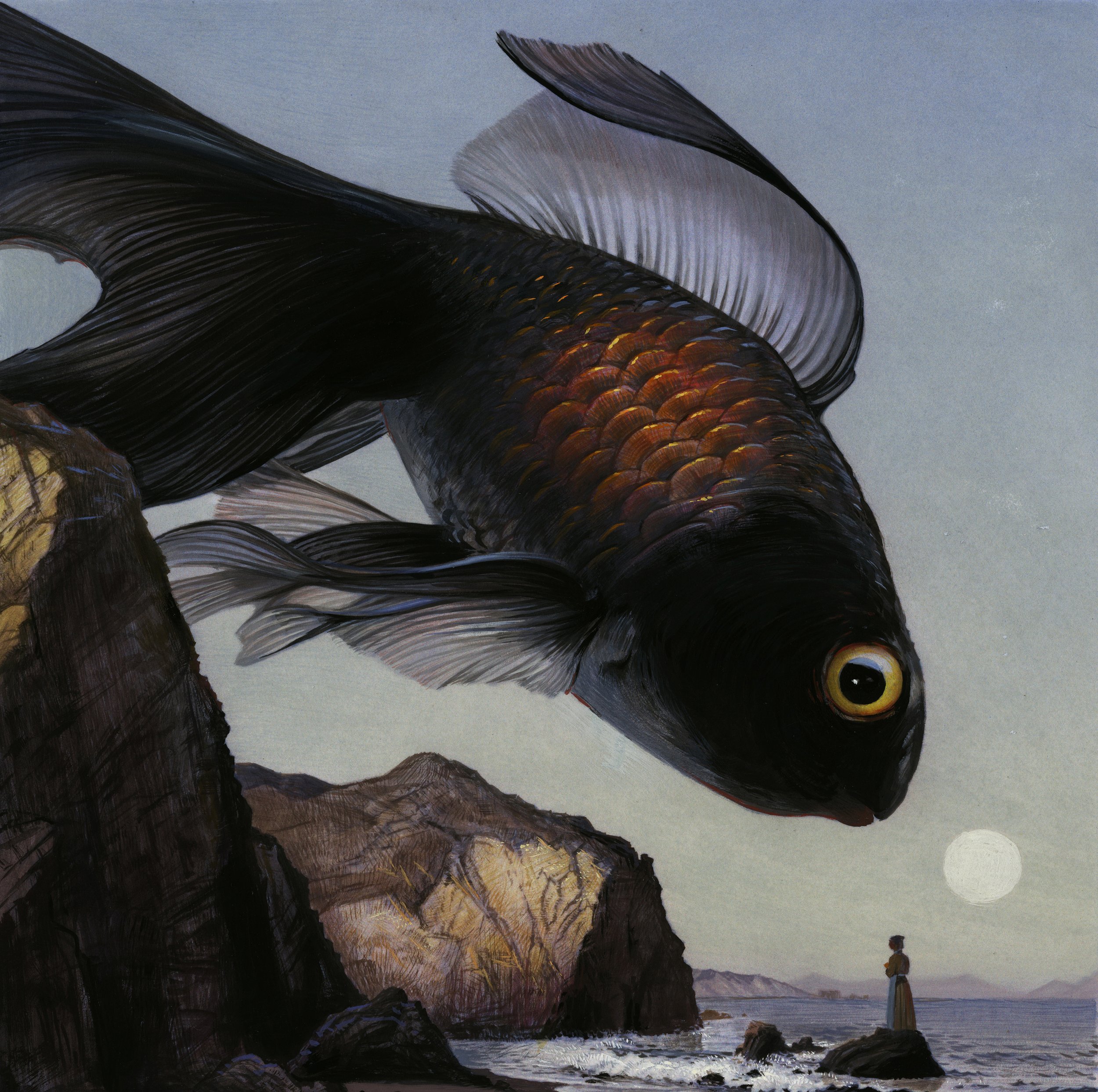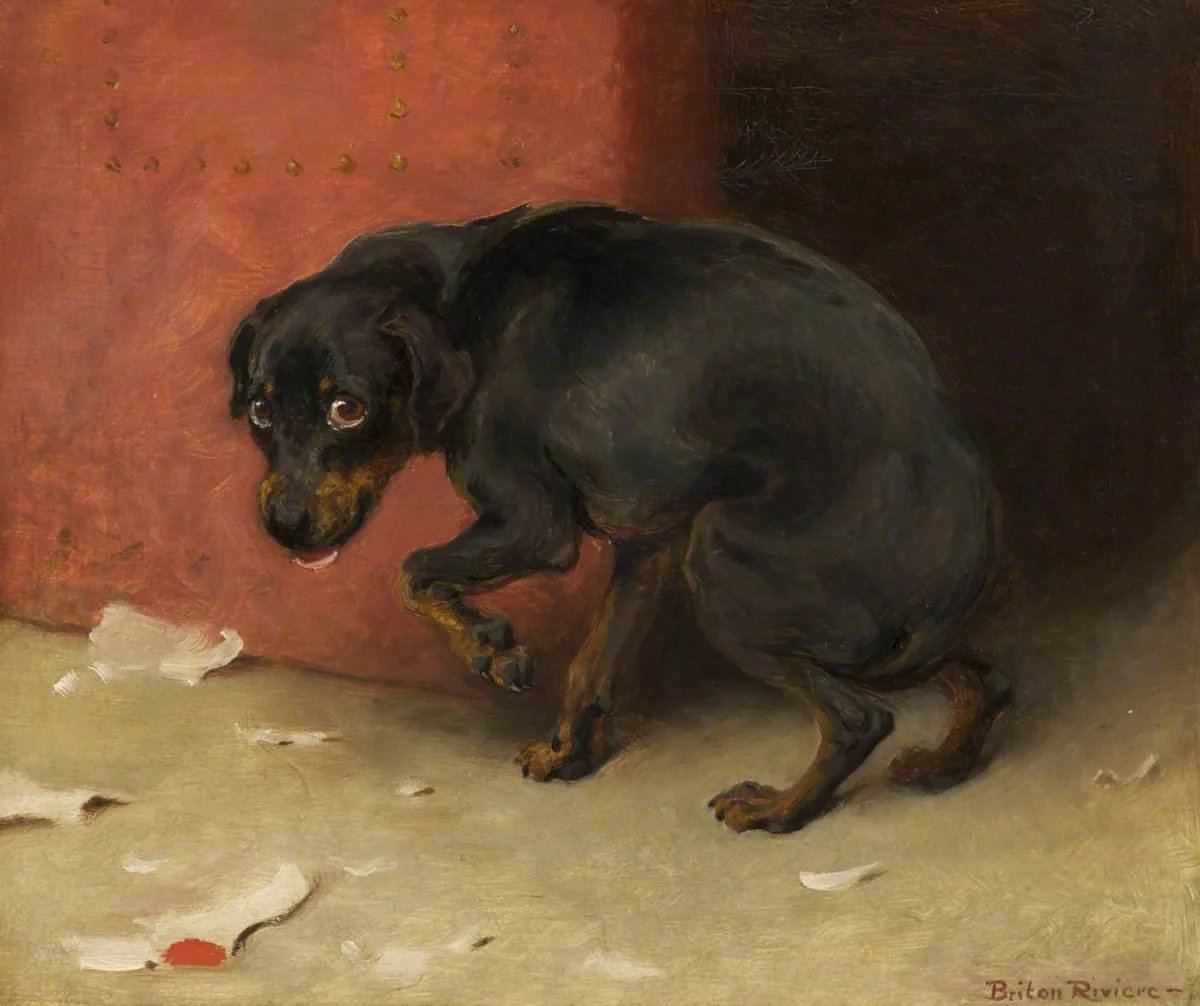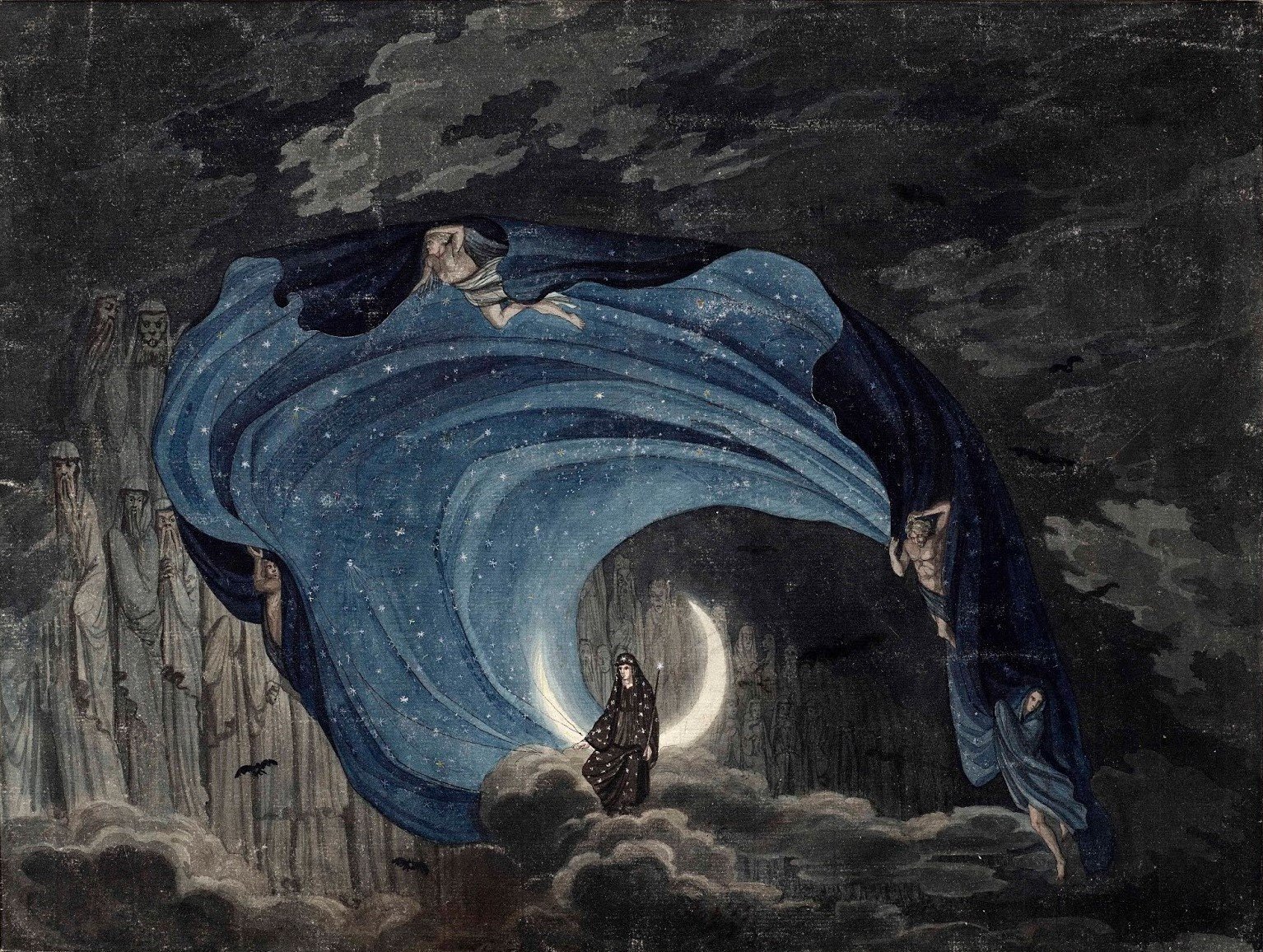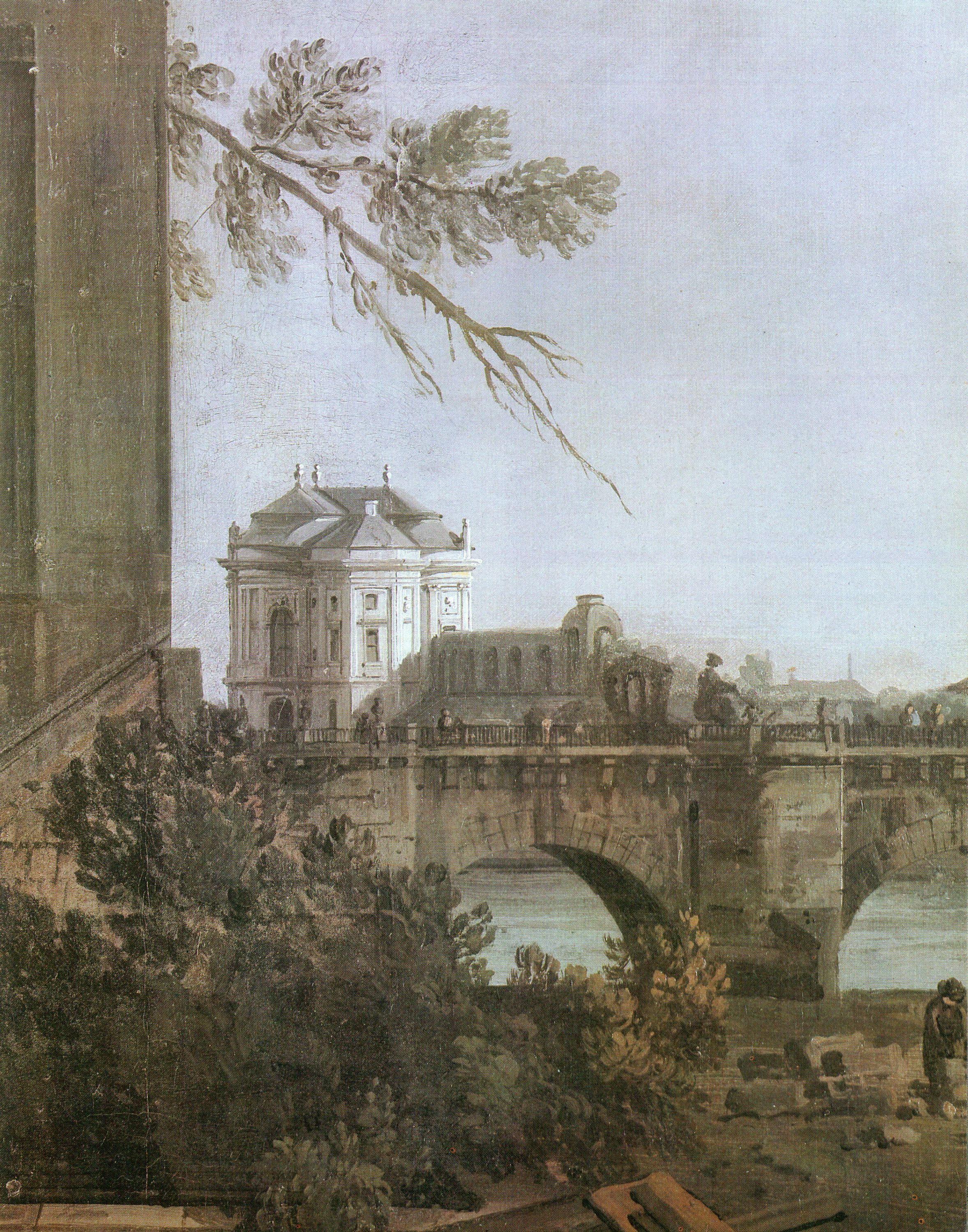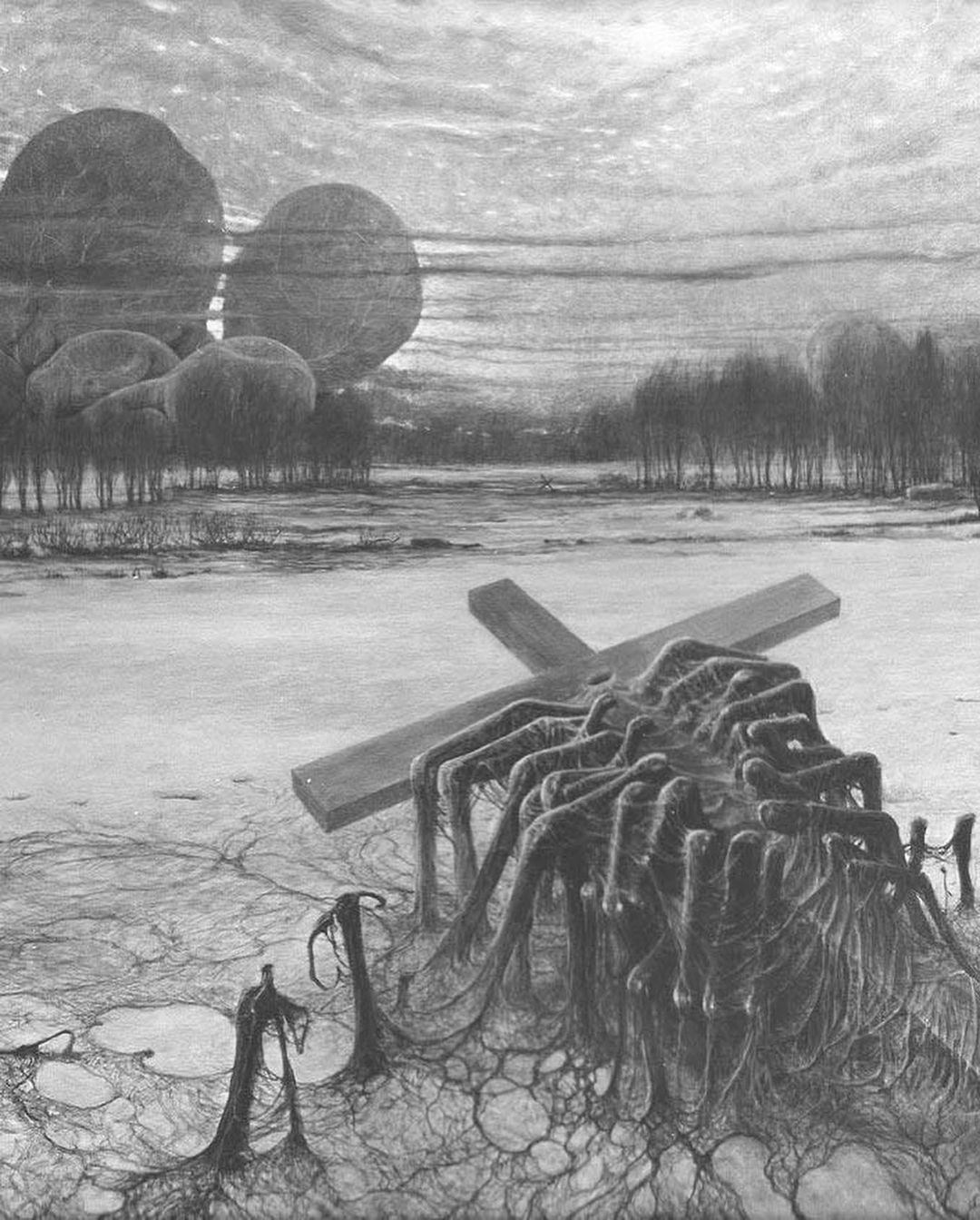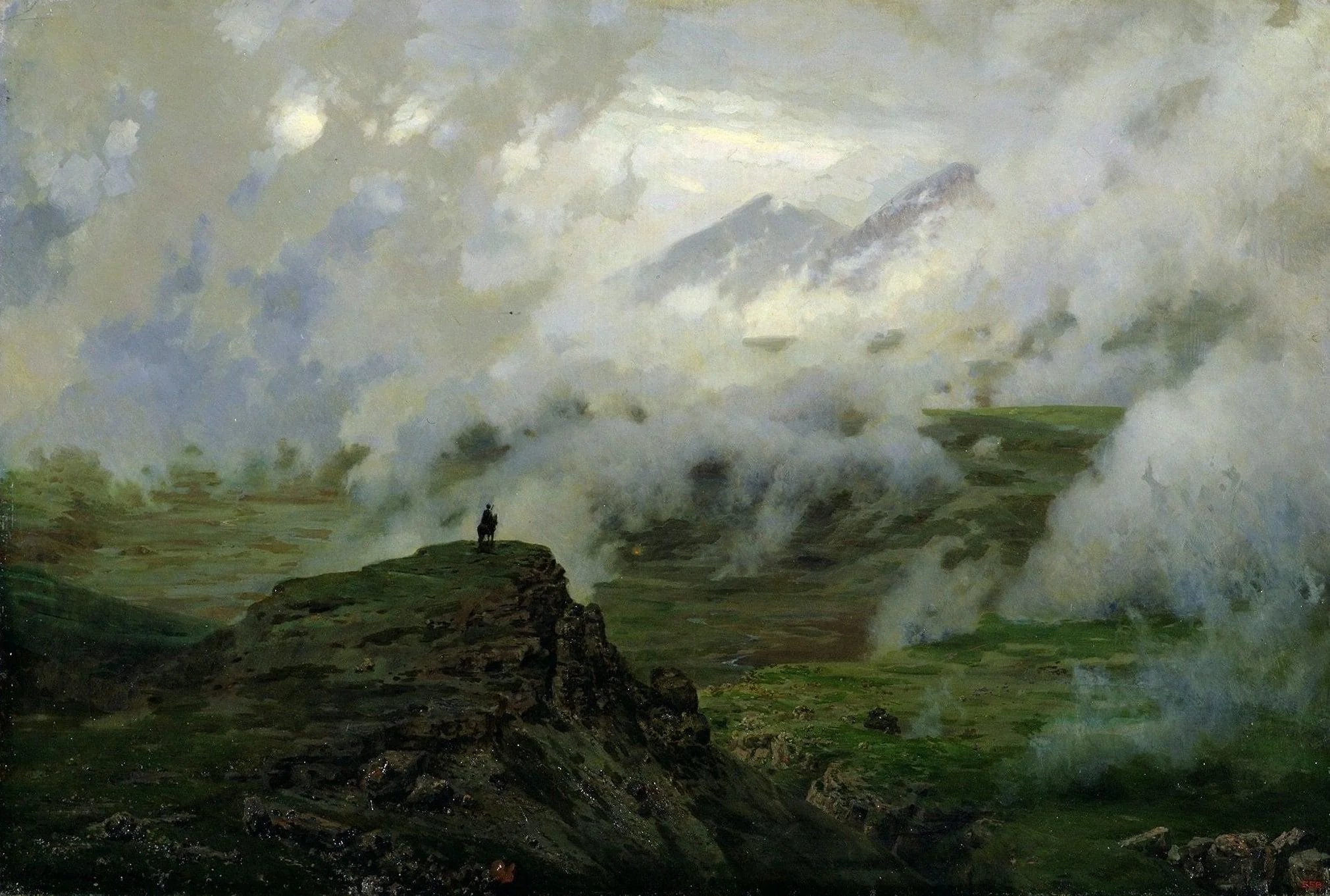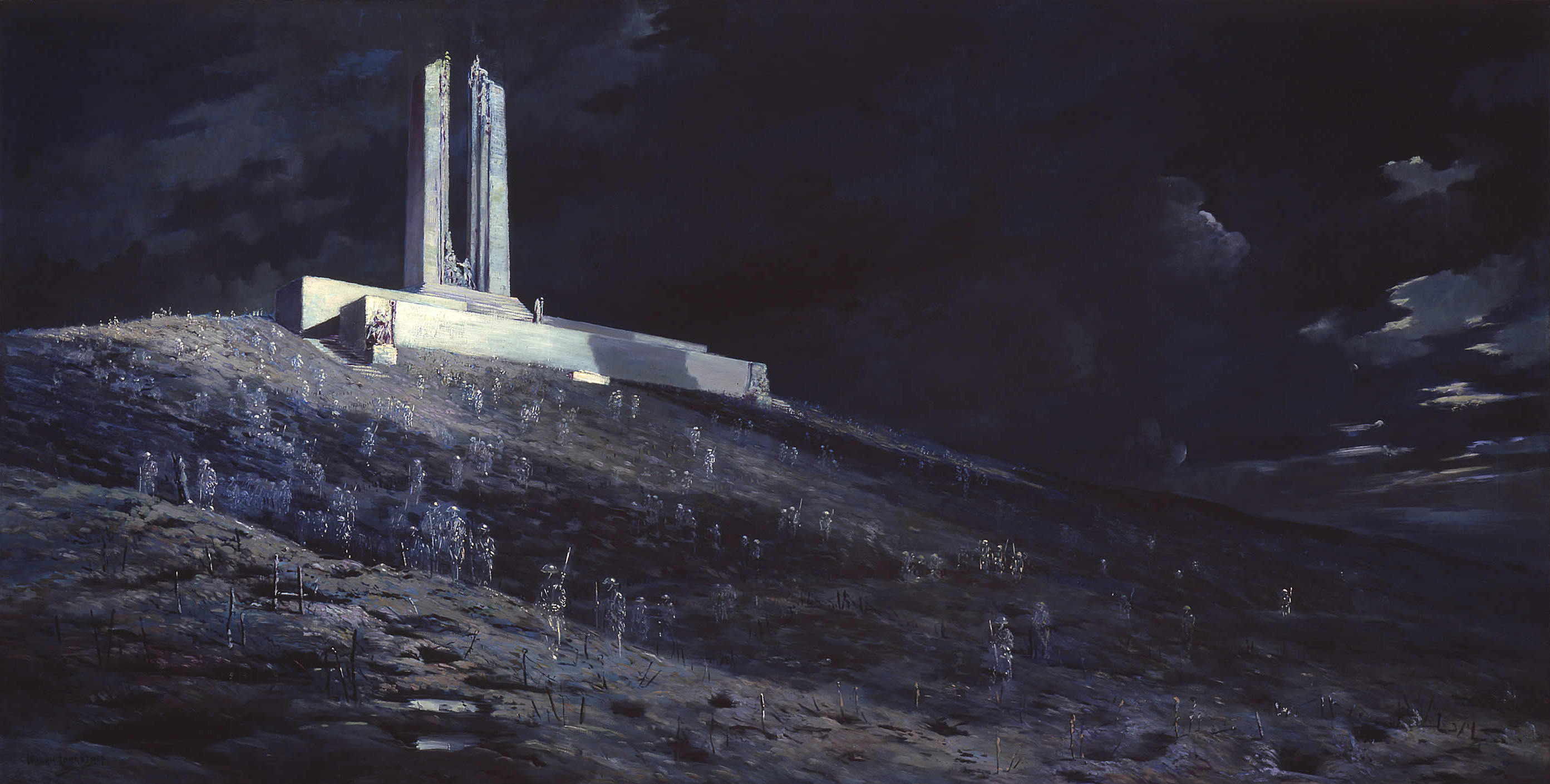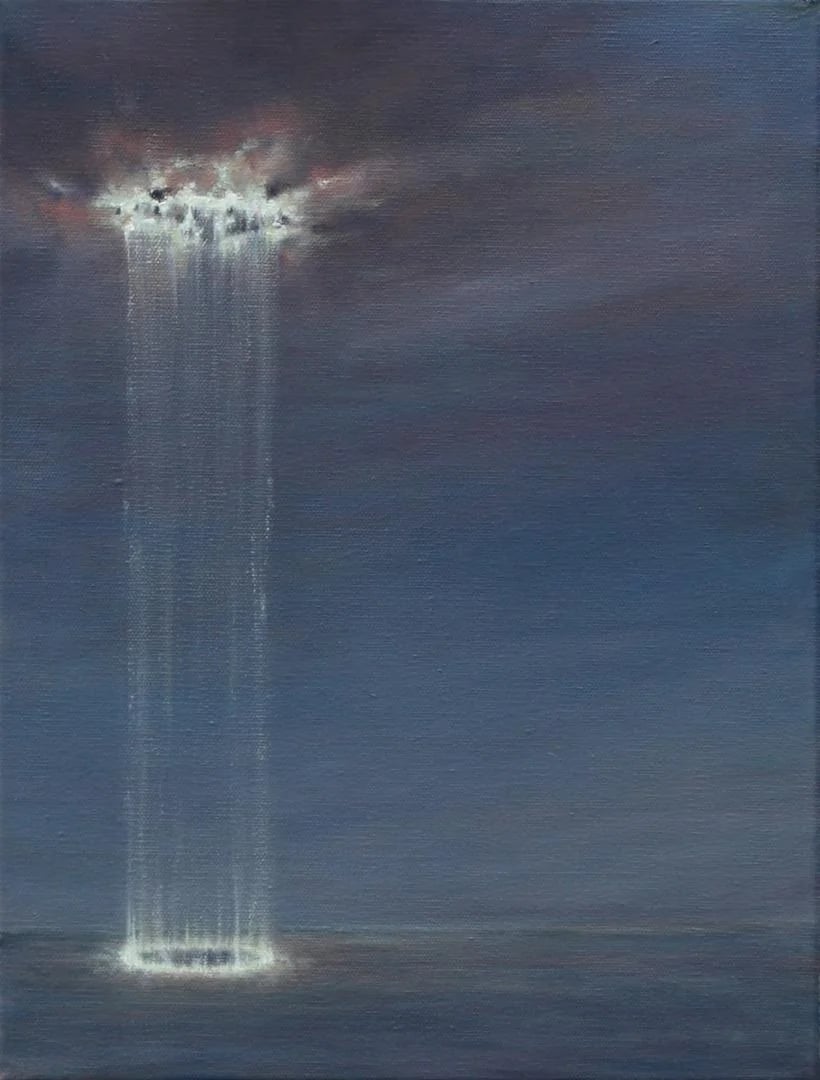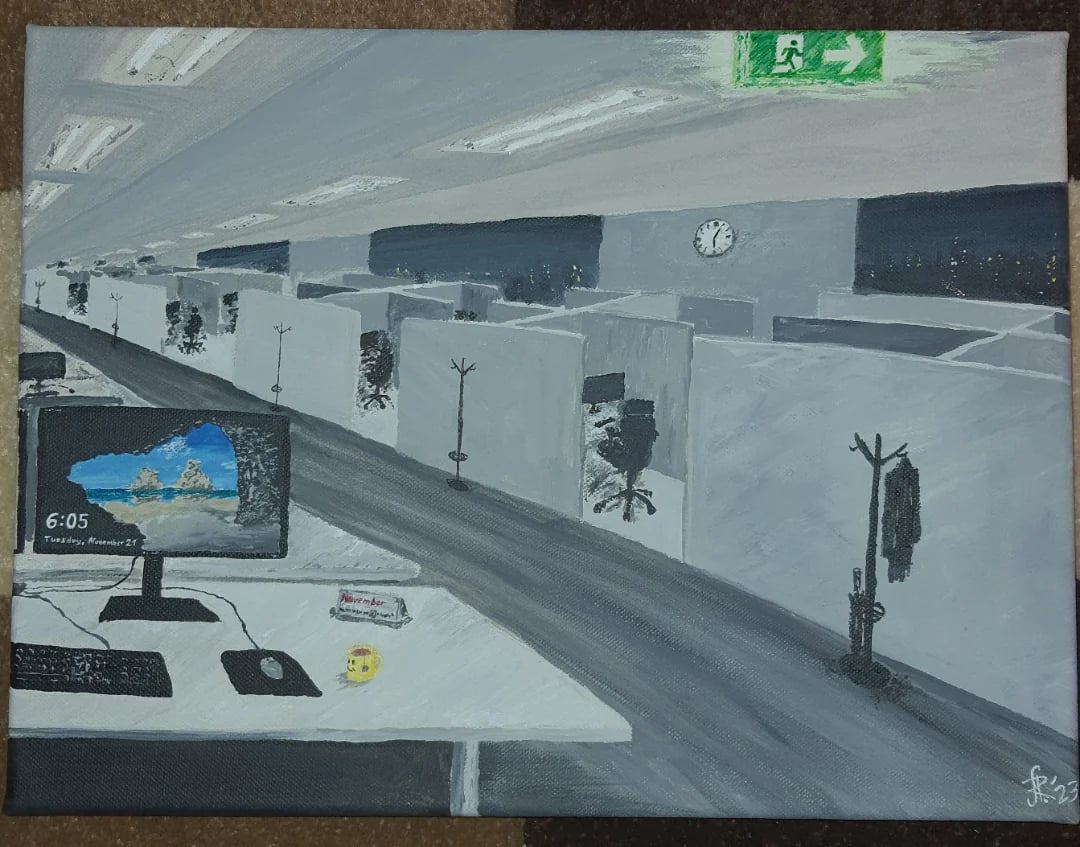What is traditional_art?
From dabblers to masters, obscure to popular and ancient to futuristic, this is an inclusive community dedicated to showcasing all types of art by all kinds of artists, as long as they’re made in a traditional medium.
‘Traditional’ here means ‘Physical’, as in artworks which are NON-DIGITAL in nature.
What’s allowed: Acrylic, Pastel, Encaustic, Gouache, Oil and Watercolor Paintings; Ink Illustrations; Manga Panels; Pencil and Charcoal sketches; Collages; Etchings; Lithographs; Wood Prints; Pottery; Ceramics; Metal, Wire and paper sculptures; Tapestry; weaving; Qulting; Wood carvings, Armor Crafting and more.
What’s not allowed: Digital art (anything made with Photoshop, Clip Studio Paint, Krita, Blender, GIMP or other art programs) or AI art (anything made with Stable Diffusion, Midjourney or other models)
Submission Rules
- Do not post Digital or AI art, as they have their own separate communities.
- Mildly NSFW content is allowed.
- Explicit NSFW content needs to be tagged as such.
- Extreme NSFW content like gore, graphic imagery, fetishistic works and straight up pornography will be deleted.
- Post only images. No gifs, videos or articles.
- Have no more than one artwork per post.
- Ensure the post title contains the title of the artwork or the name of the artist (or ideally both). If there is further information about the artwork you want to convey, do it in the body of the post or in the comments.
- You can post your own art but keep in mind not to spam. Feel free to add an [OC] tag in the title of your post.
- Avoid posting photos of yourself next to an artwork, unless you're the creator of the artwork in question. In all other cases avoid extraneous objects and post only the art.
Community Rules
- Be Civil and respectful.
- Trolling, spamming, use of abusive language, and self-promotional advertising will be removed.

